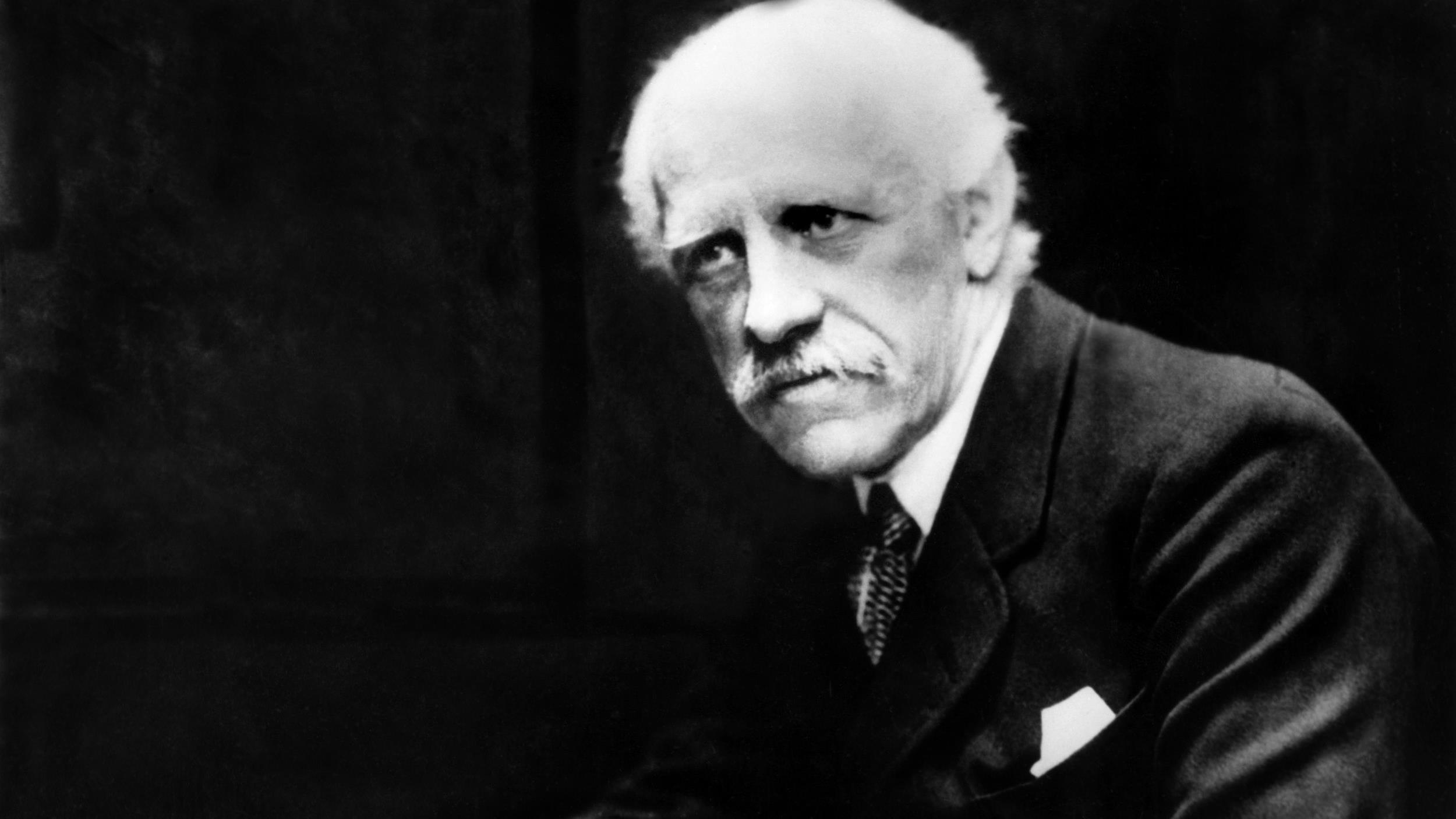At the end of World War I and the Russian Revolution, he gave the first legal recognition to half a million refugees and stateless persons. Created in 1922 by the League of Nations, the Nansen passport in theory allowed nationals to recover an identity and dignity. Carl Bouchard, professor of history, talks to Jacques Beauchamp about the political turmoil caused by the collapse of four empires and the emergence of Bolshevik Russia.
–
In 1921, the Norwegian Fridtjof Nansen was appointed High Commissioner for Refugees at the League of Nations. Former athlete and explorer turned scientist, hero in his country, Nansen must create international standards that will allow refugees to assert their identity in order to access services in their host country.
Traffic on the continent
The refugees come from the Russian, German, Austro-Hungarian and Ottoman Empires, which were dissolved during the redefinition of borders following the First World War. They also include, in particular, those Russians who emigrated after the revolution of 1917 and whose nationality was revoked by a decree of the new Bolshevik government in 1921. Christian minorities and Armenians, persecuted under the Ottoman Empire, also fill their ranks.



